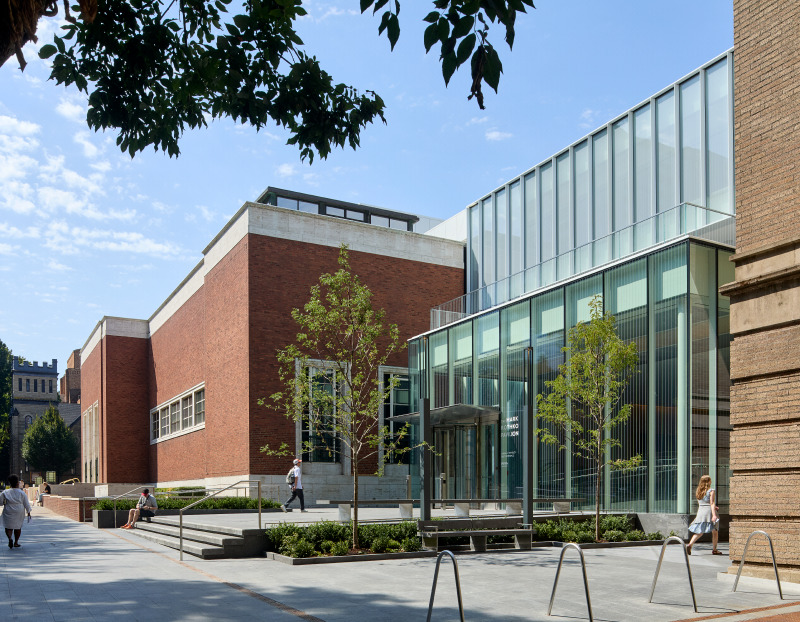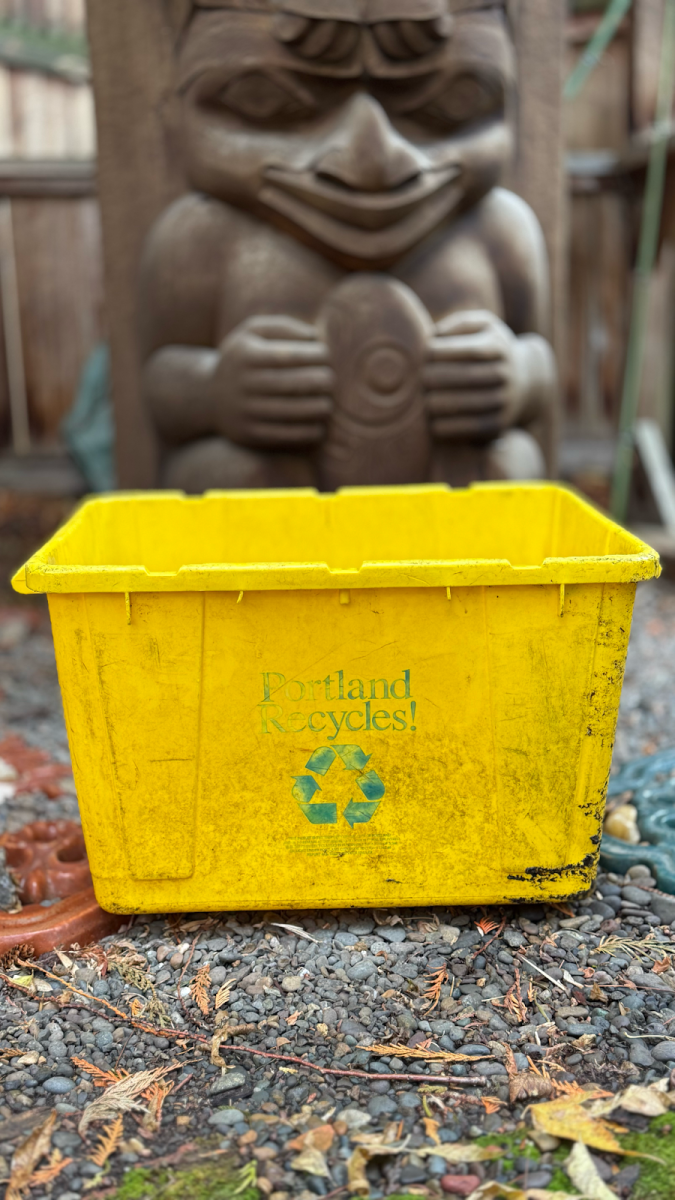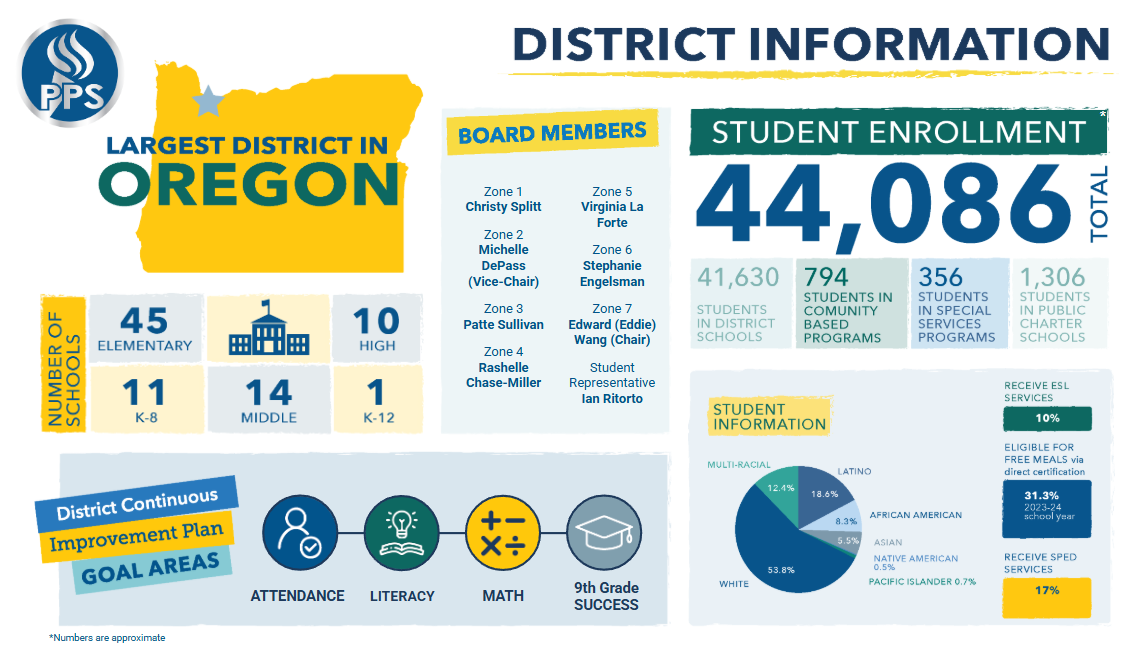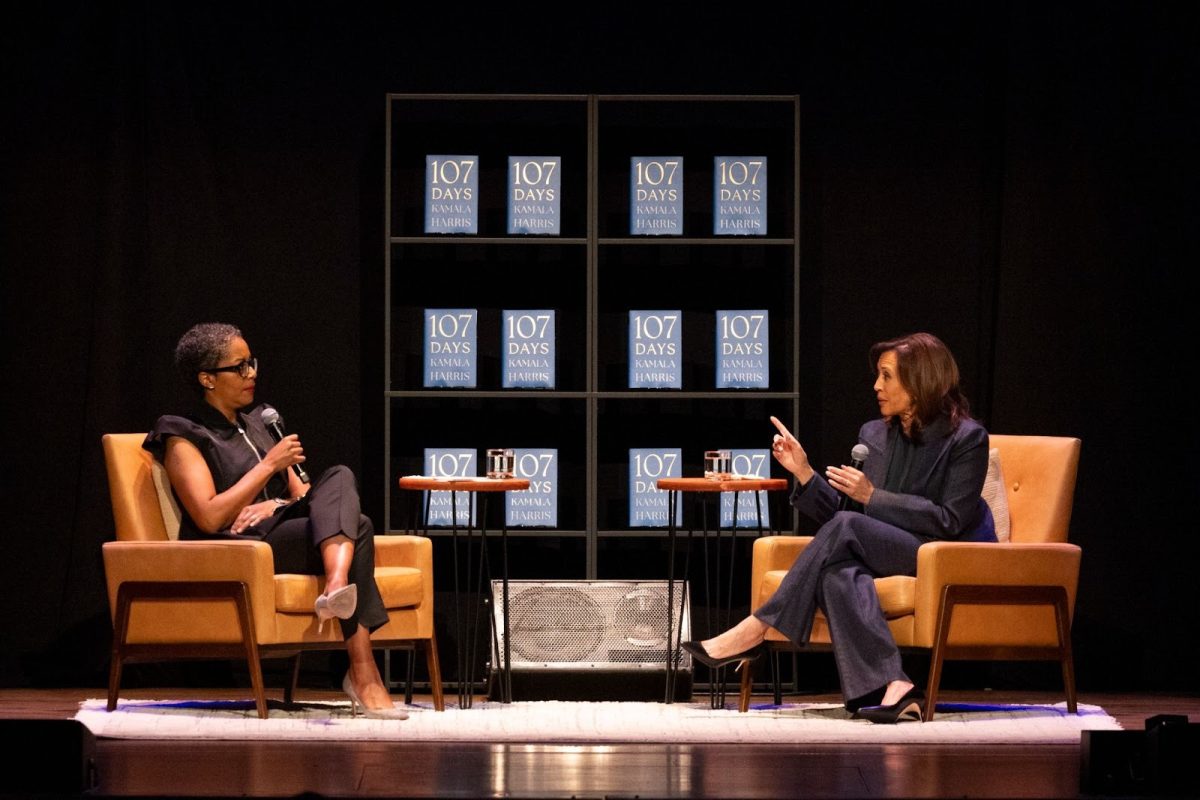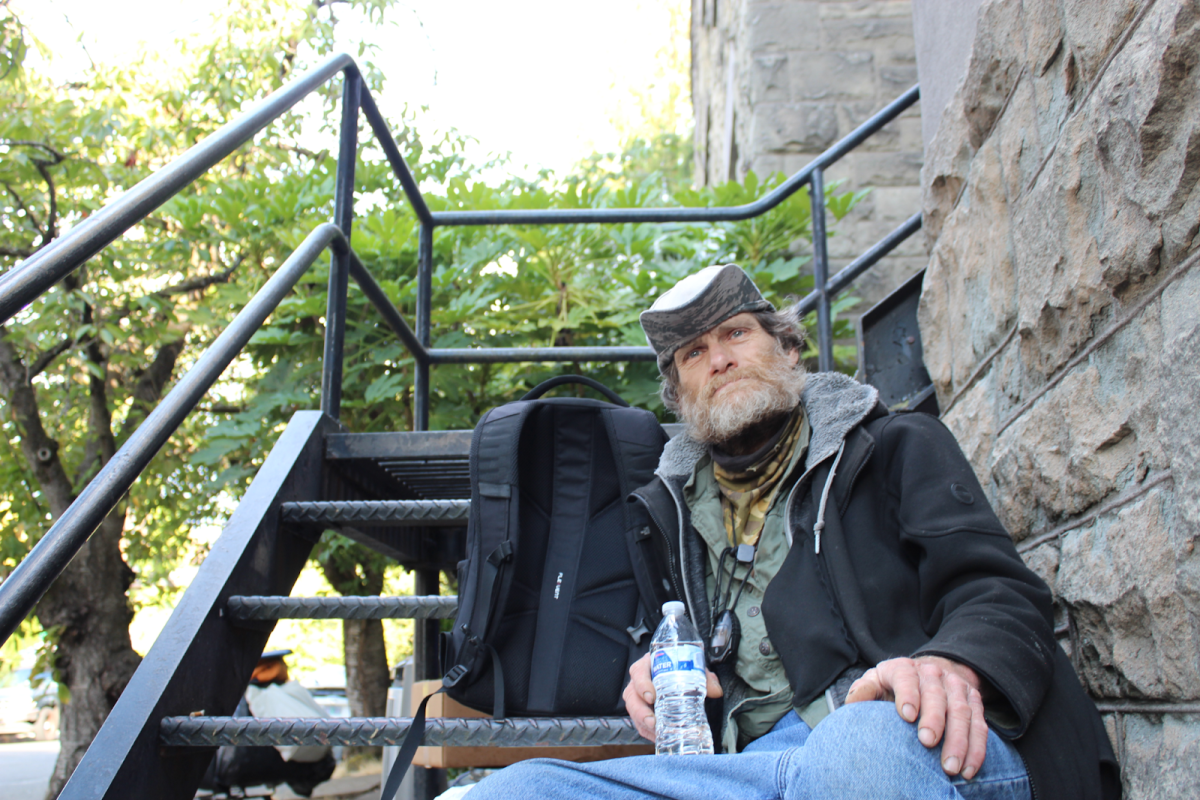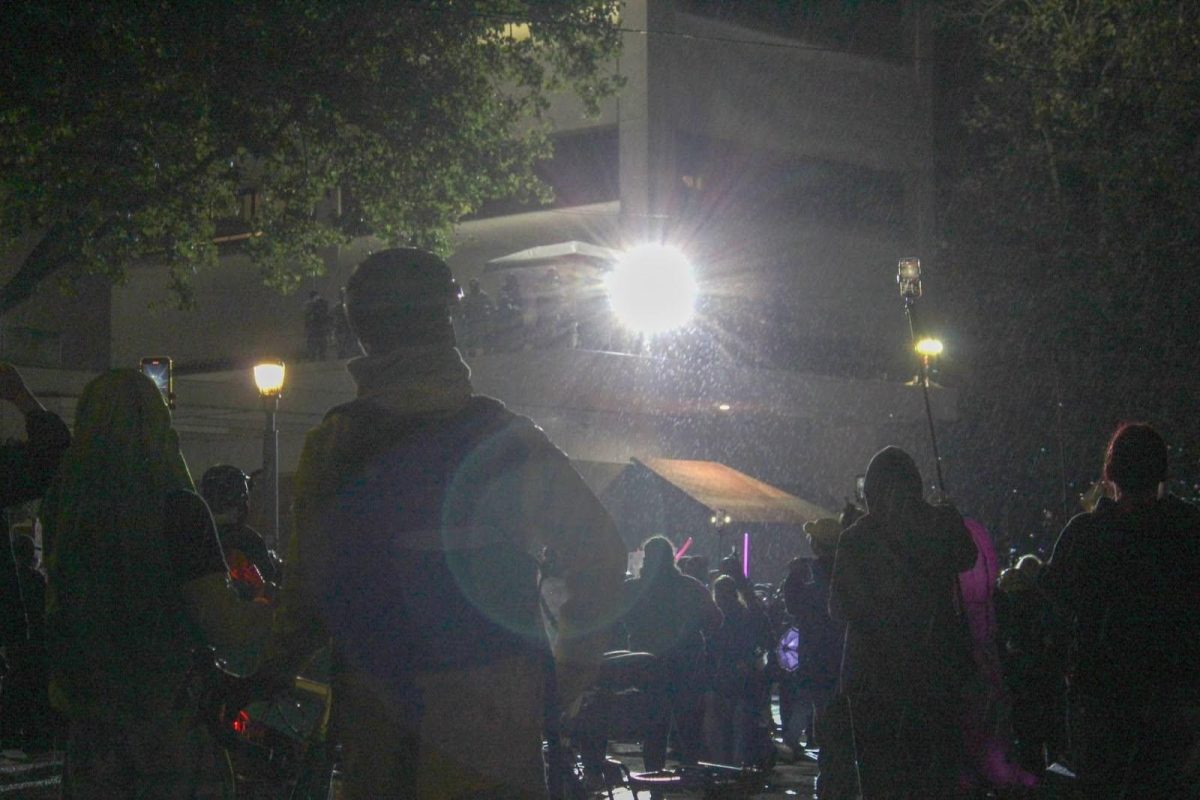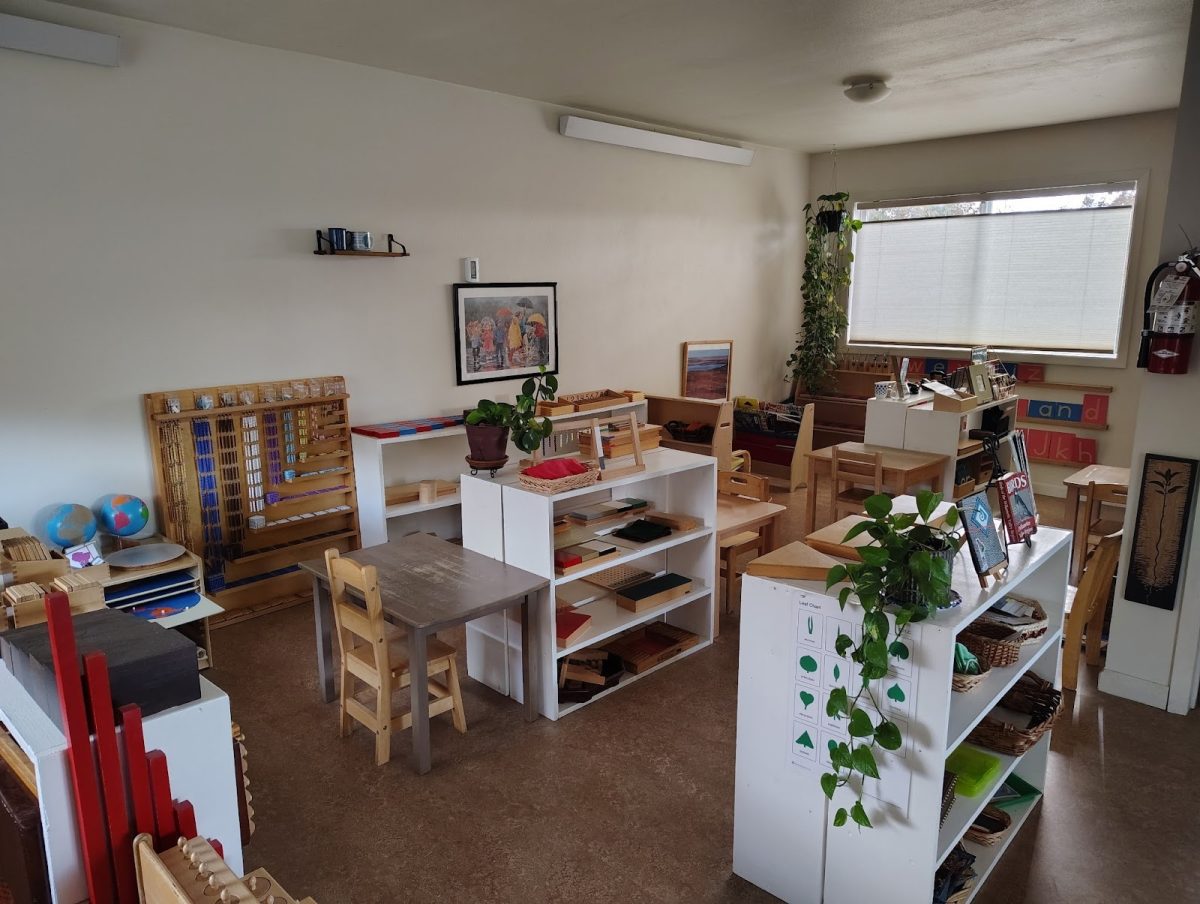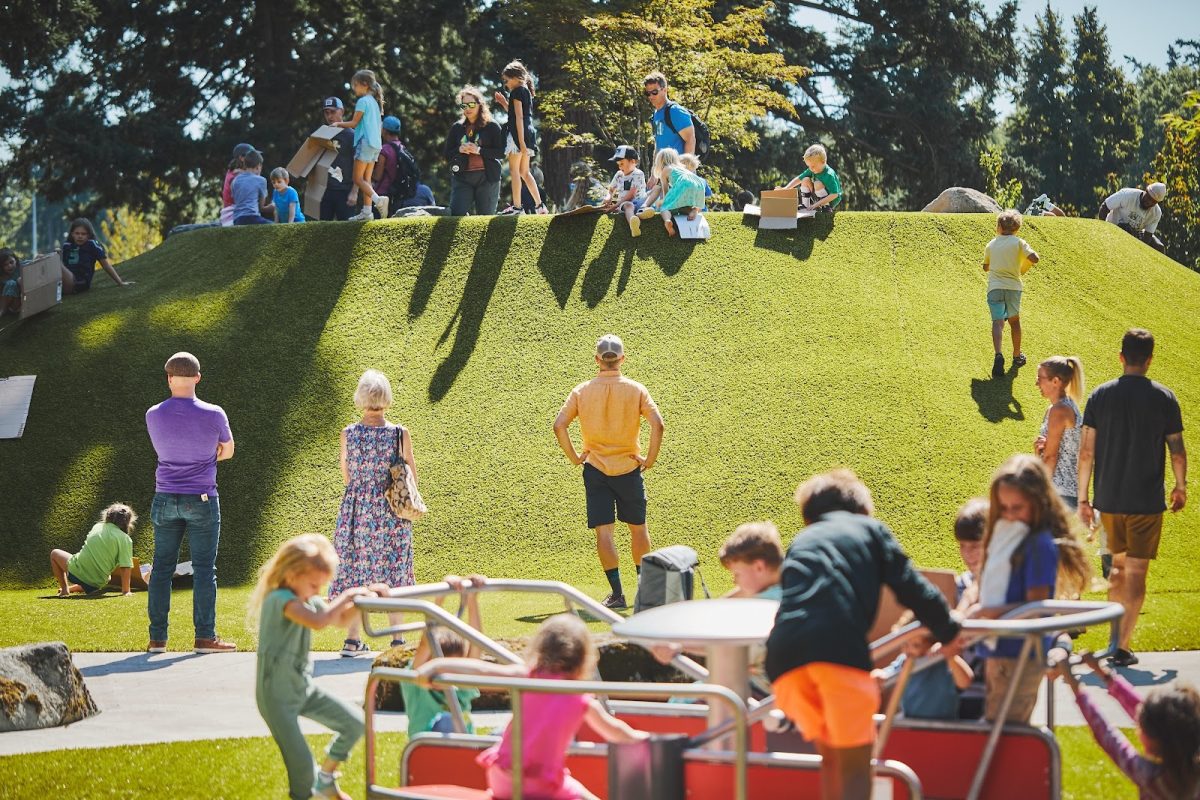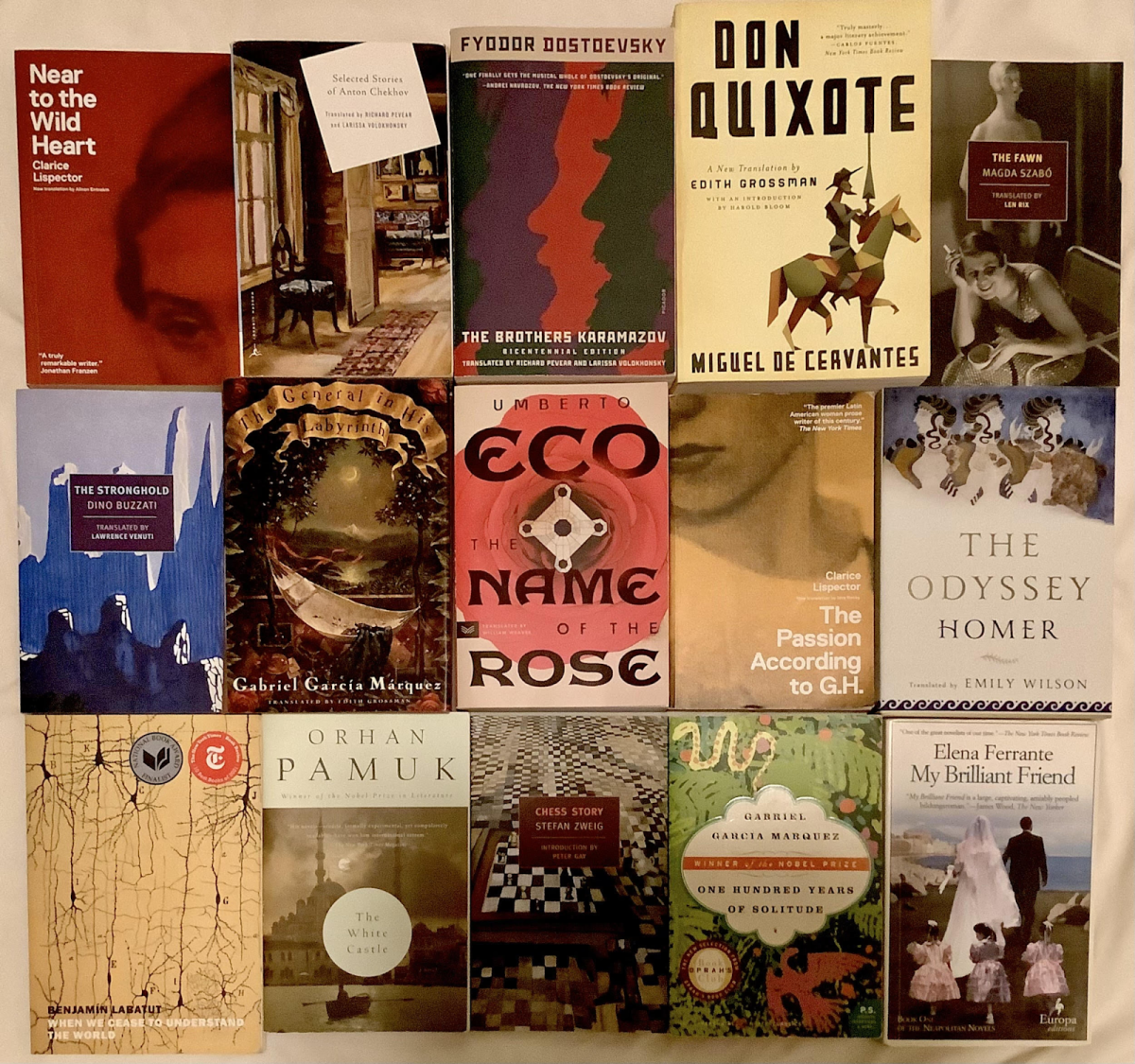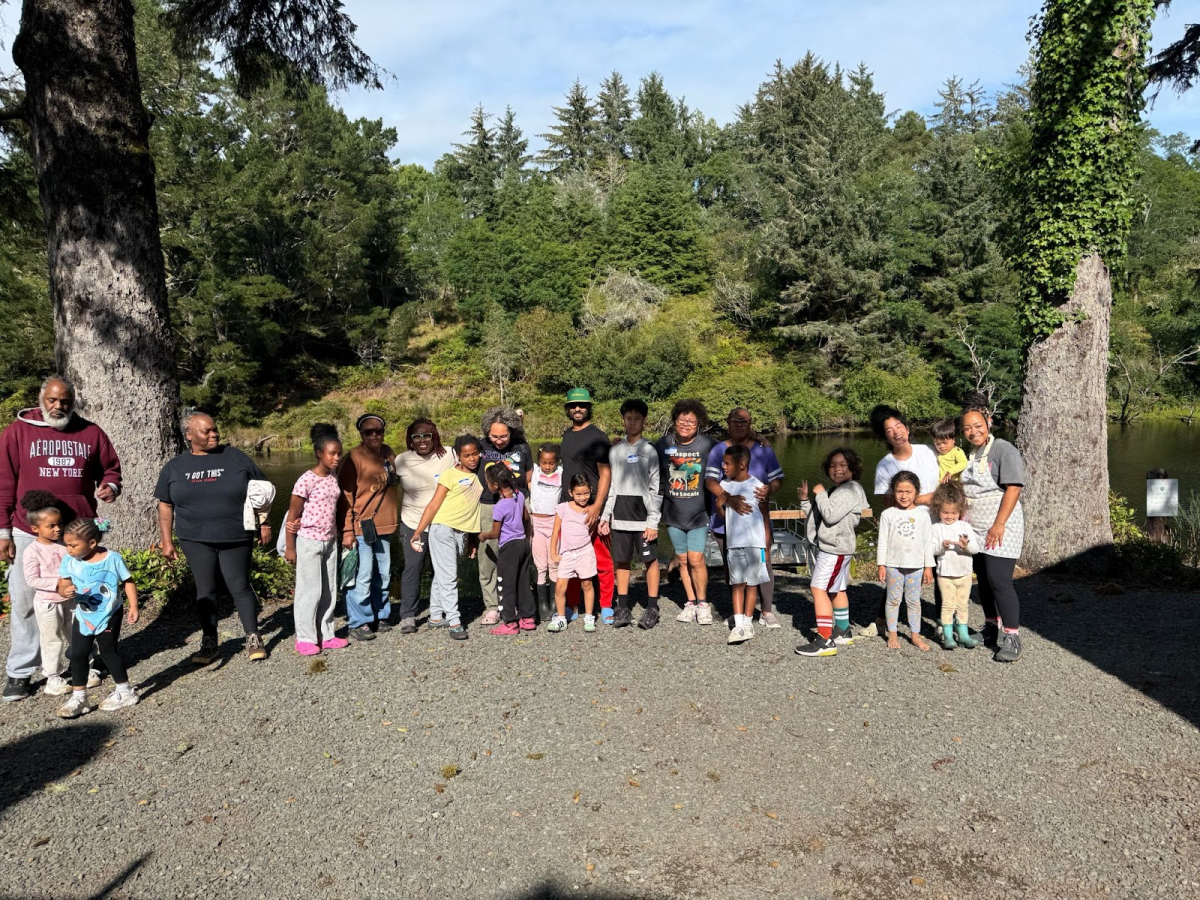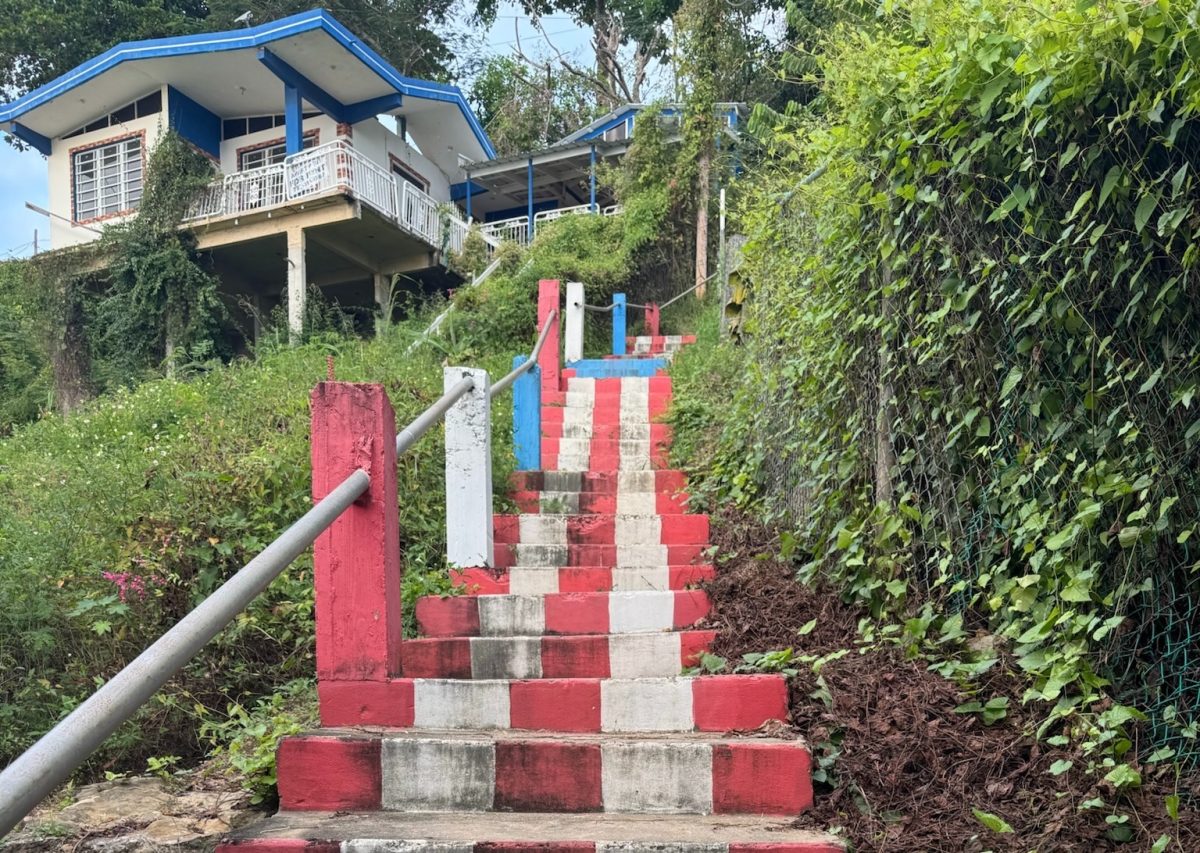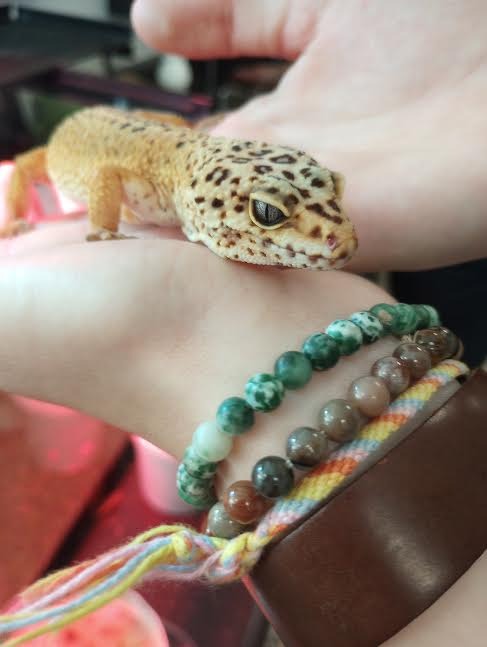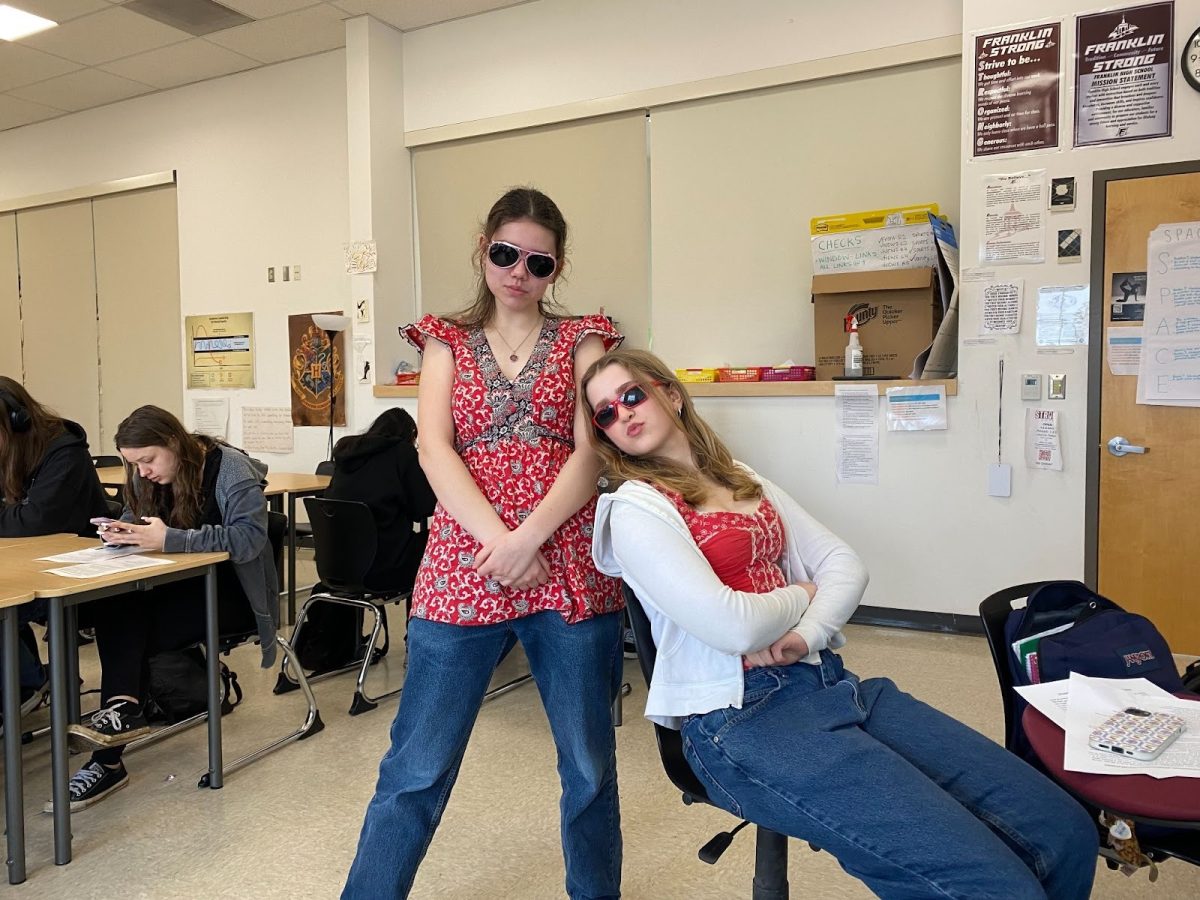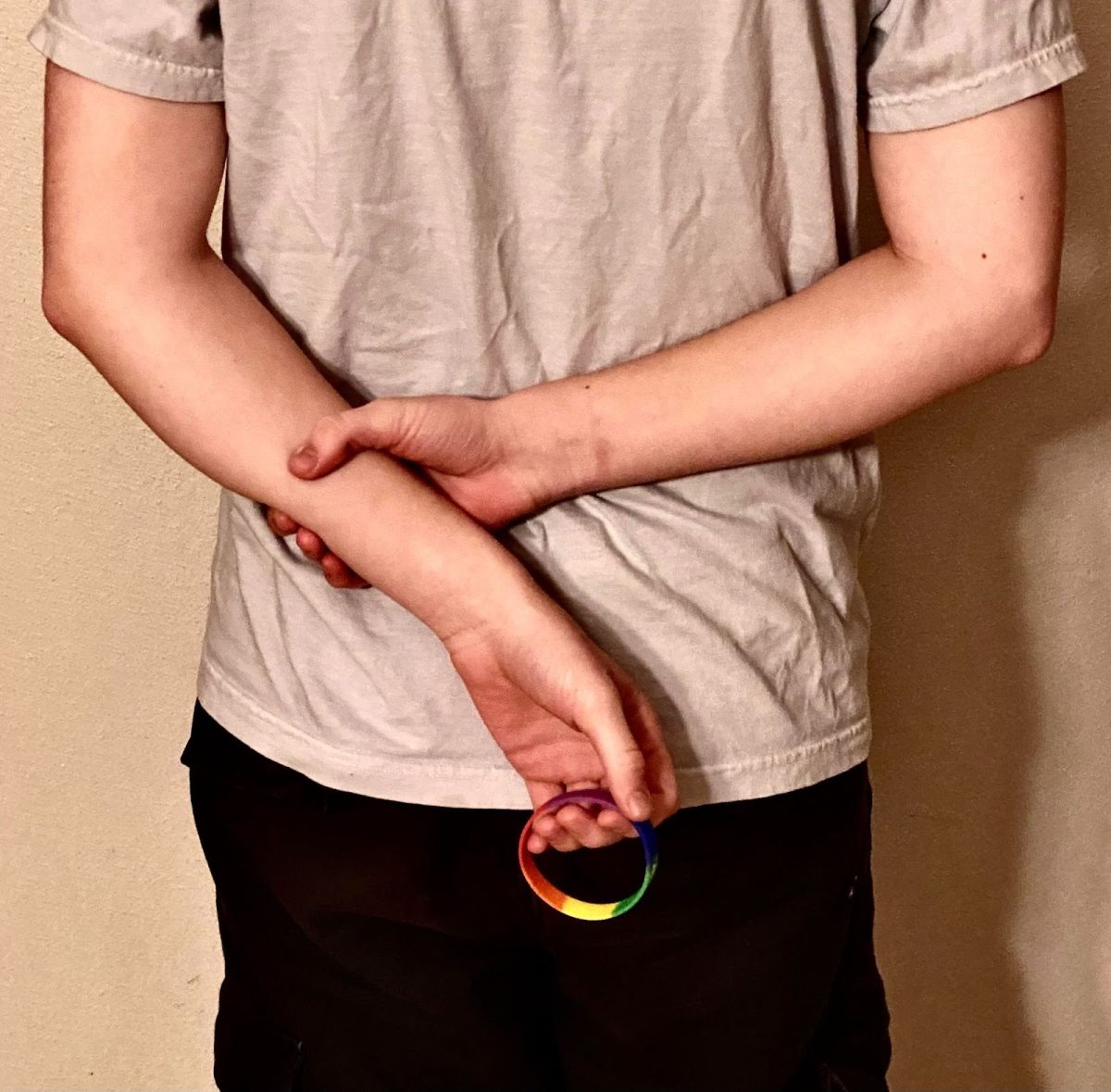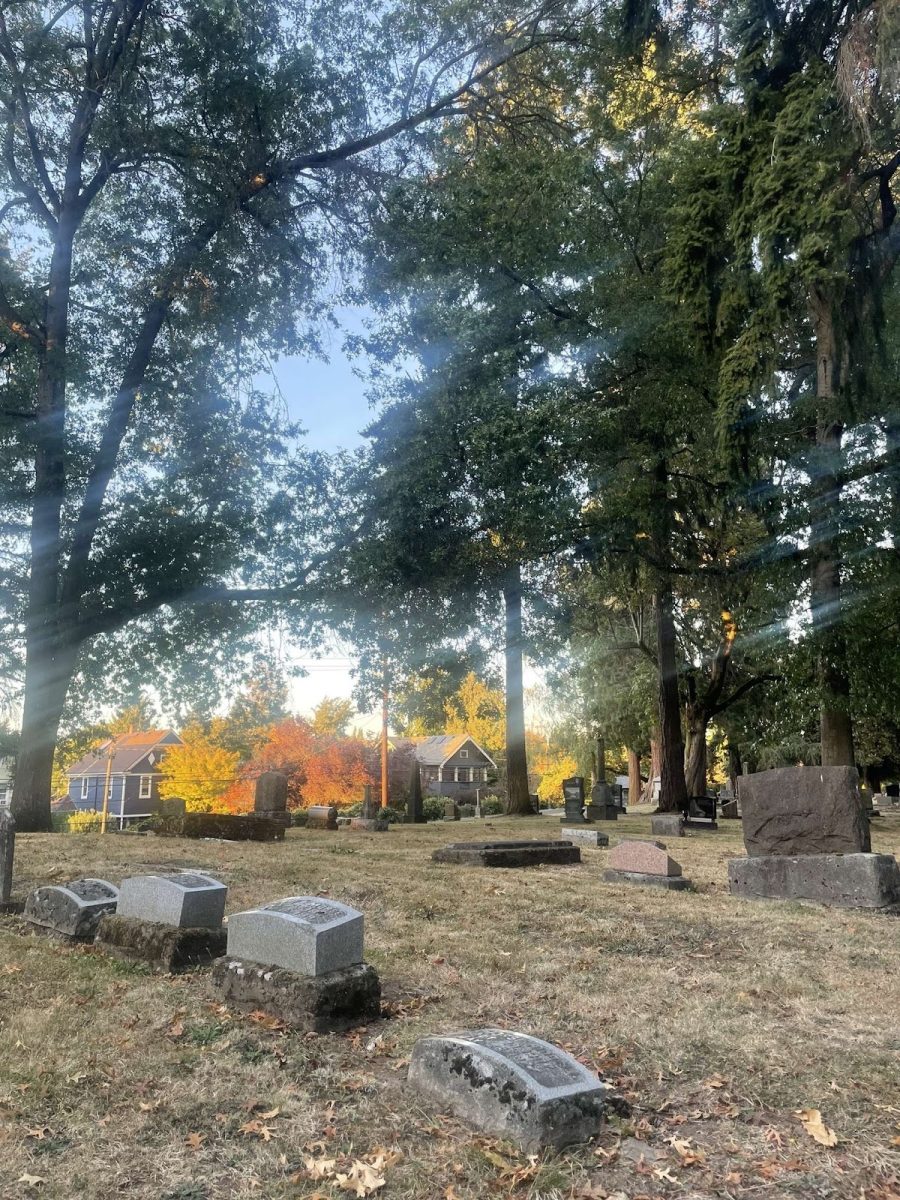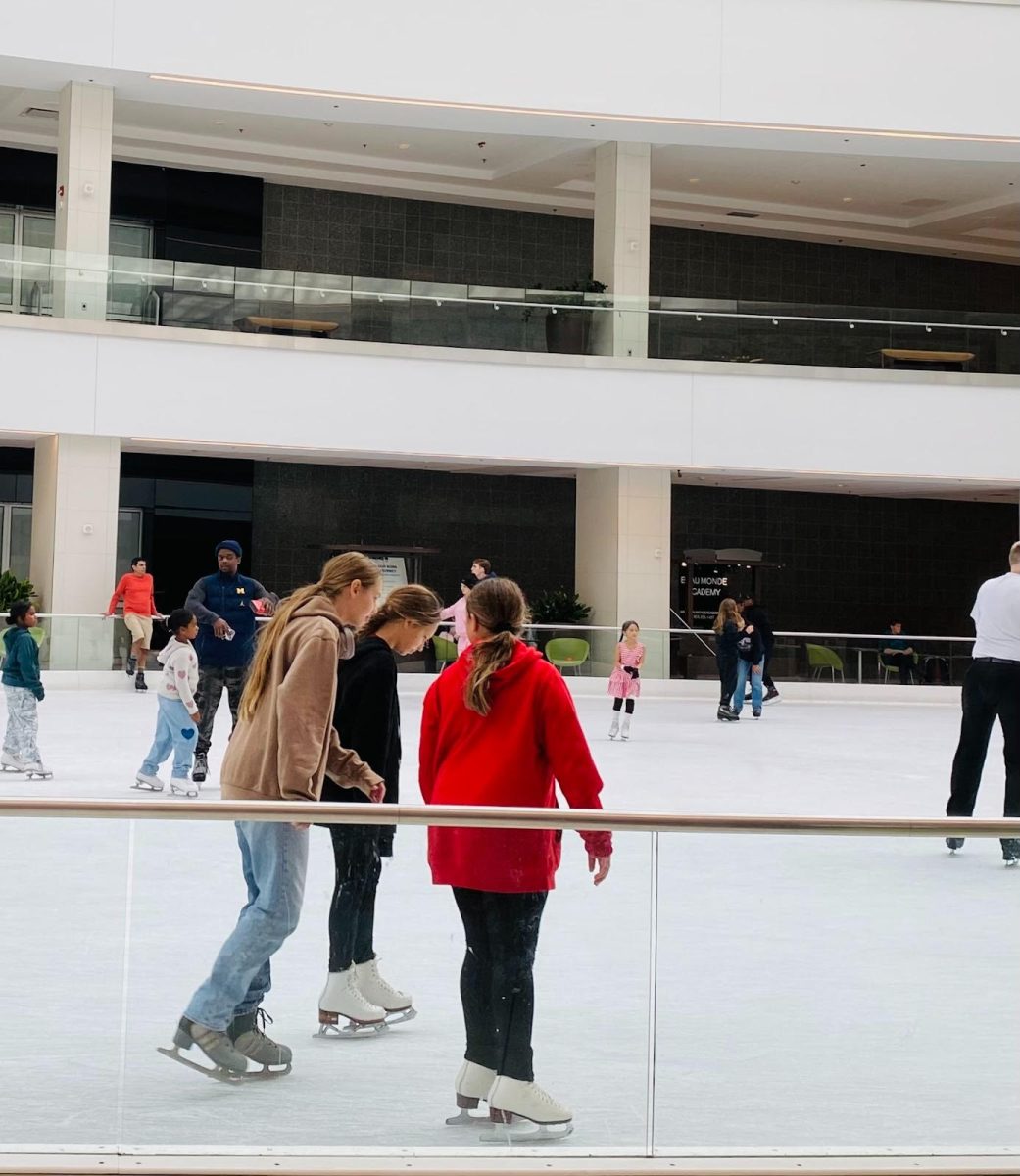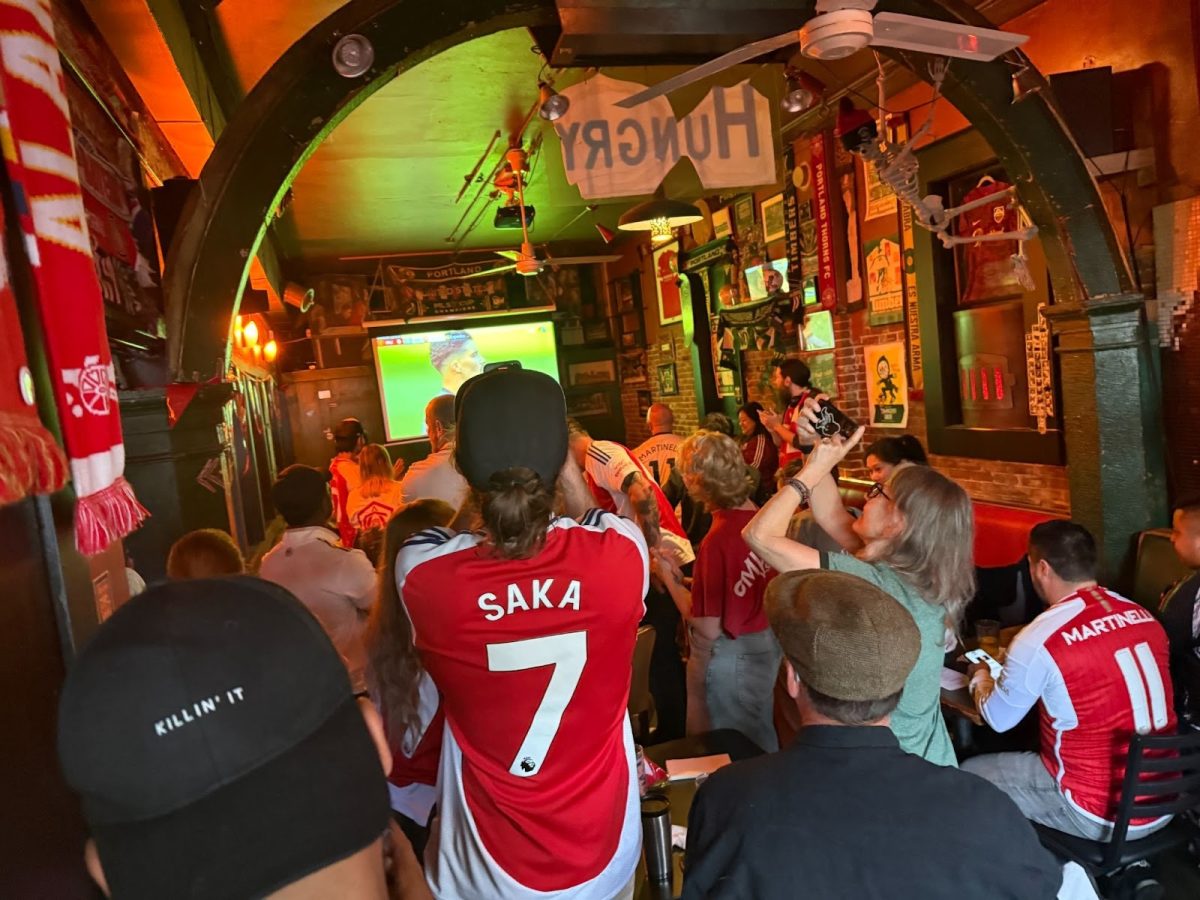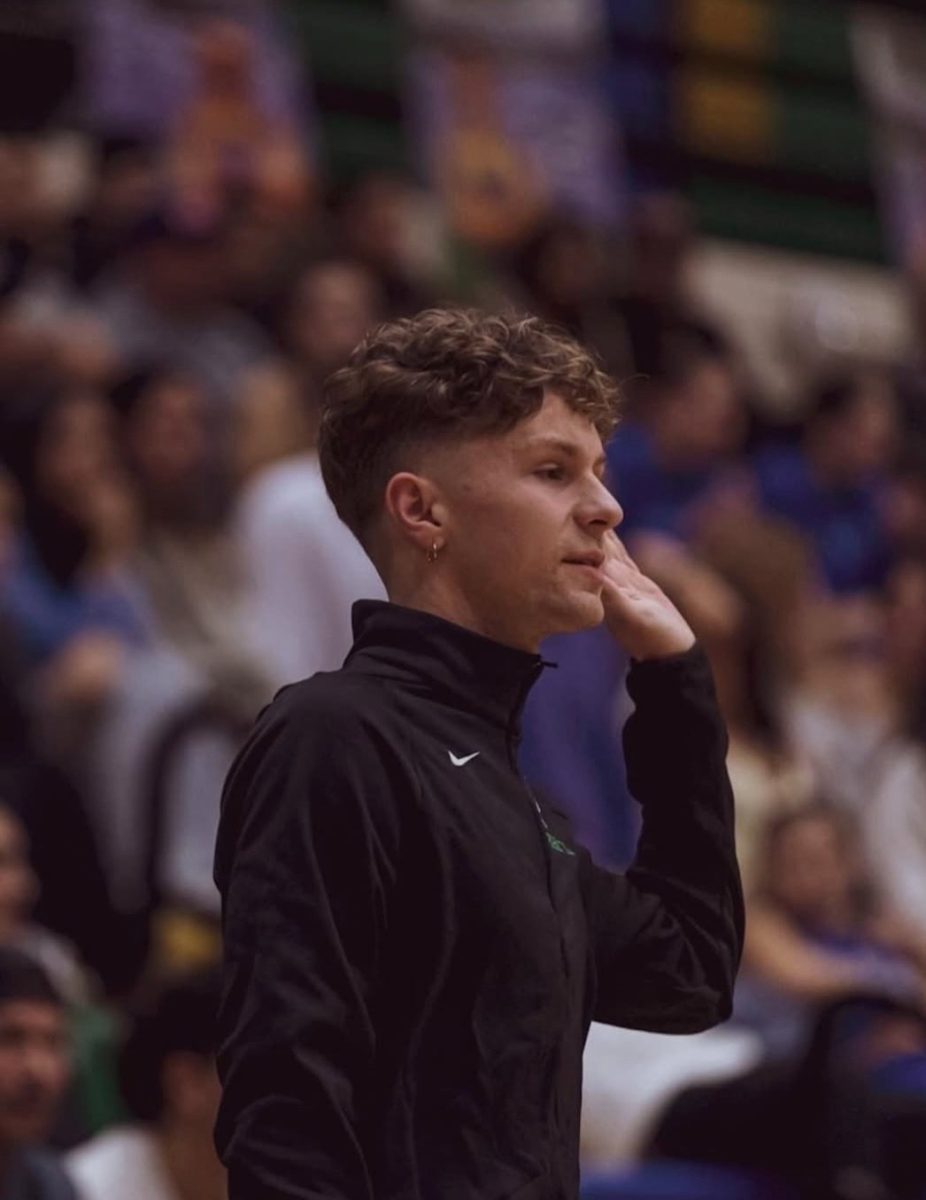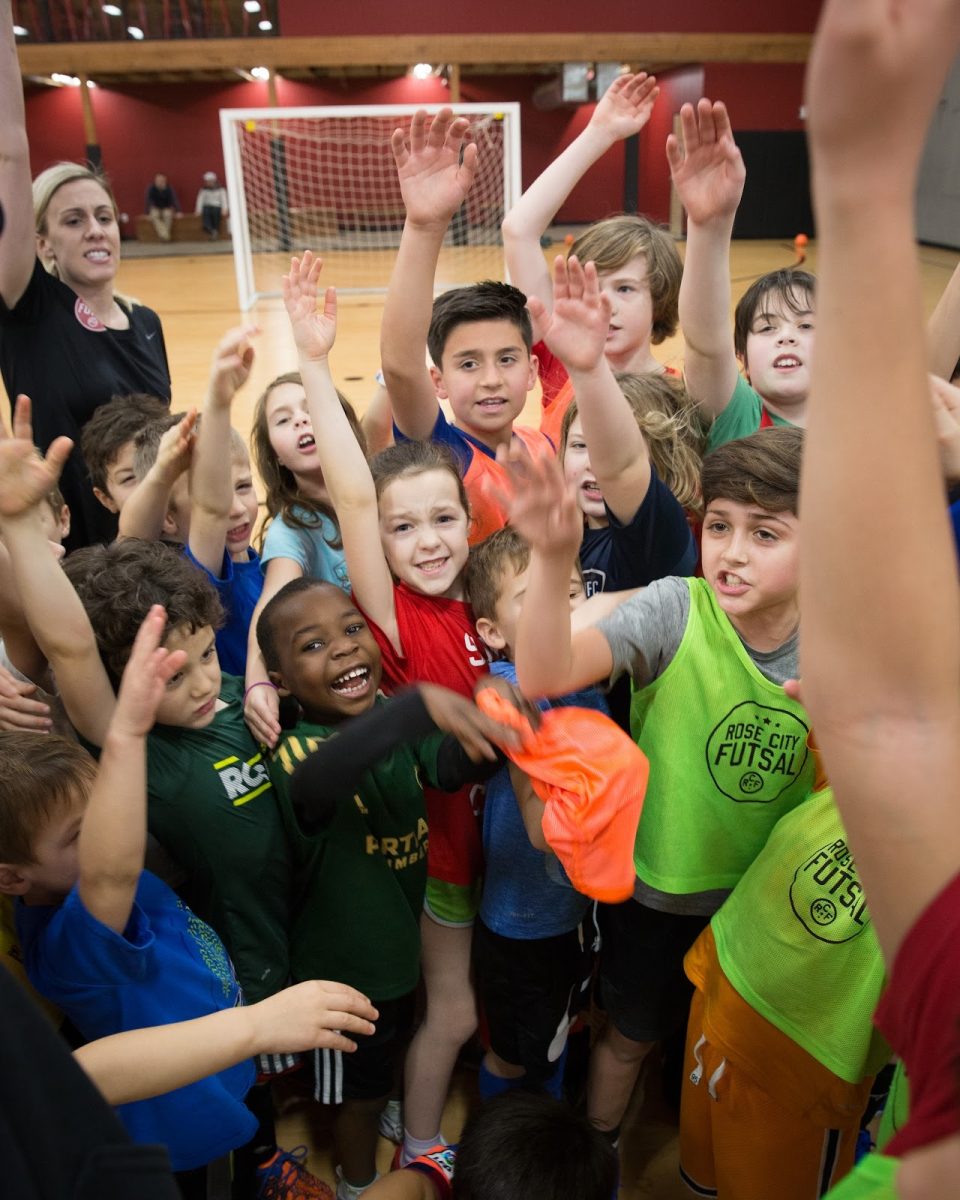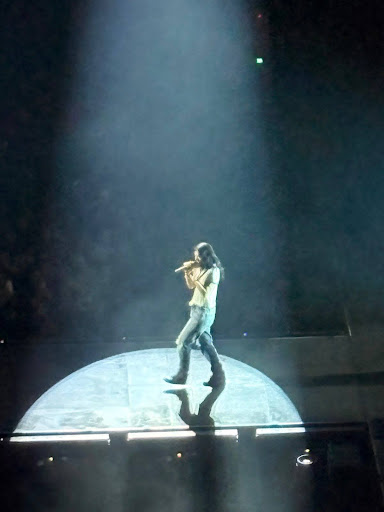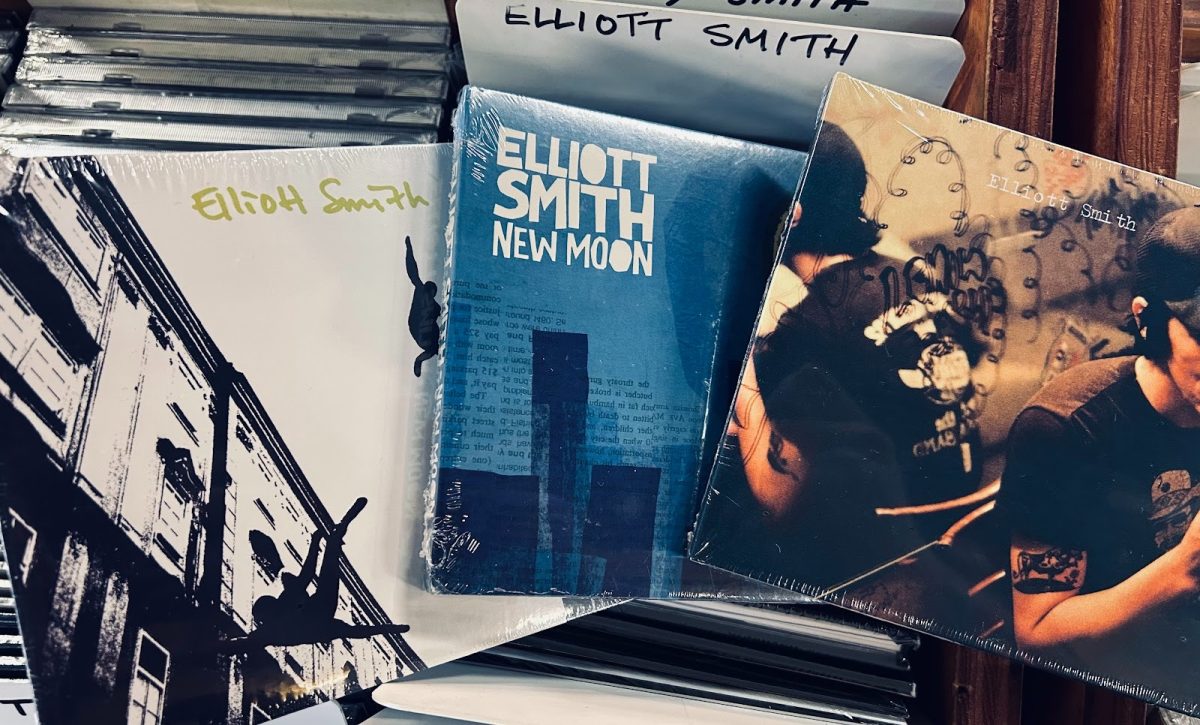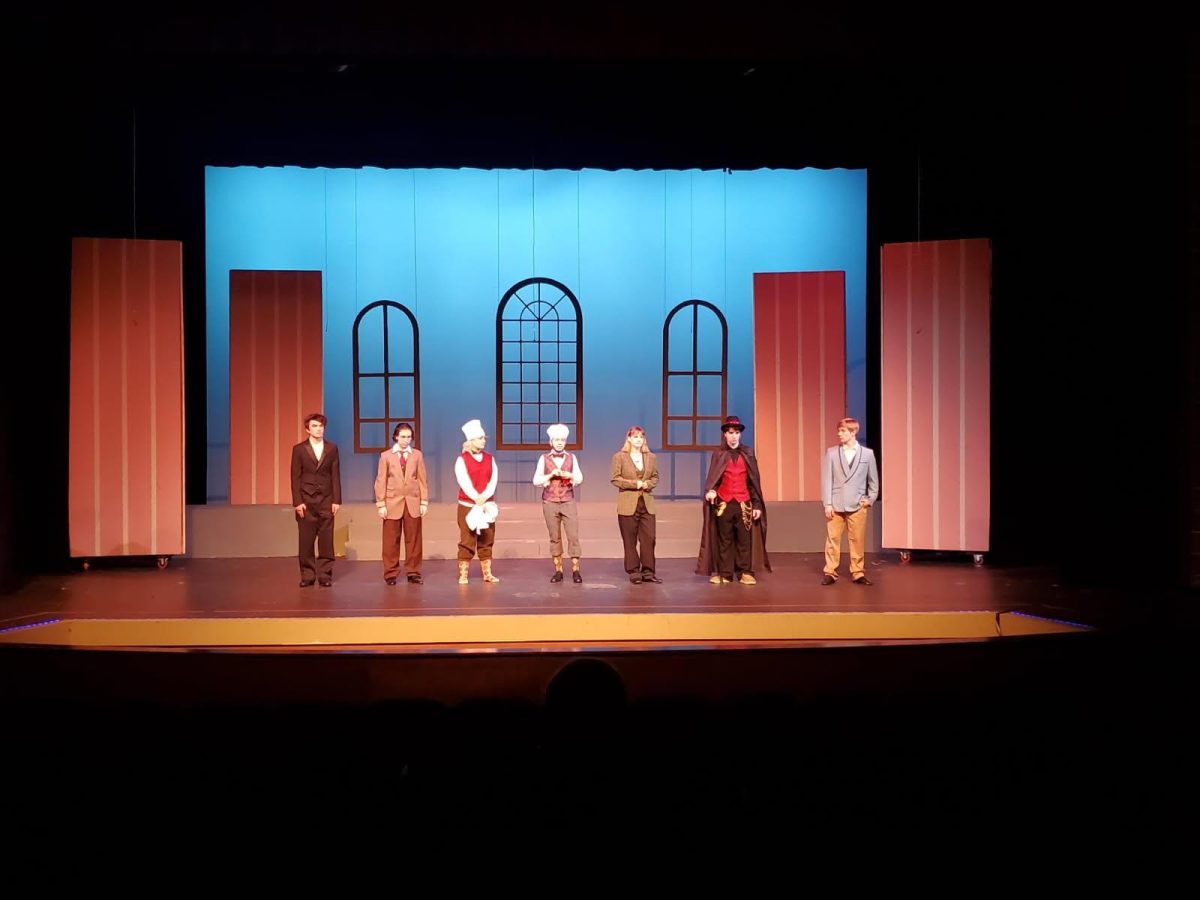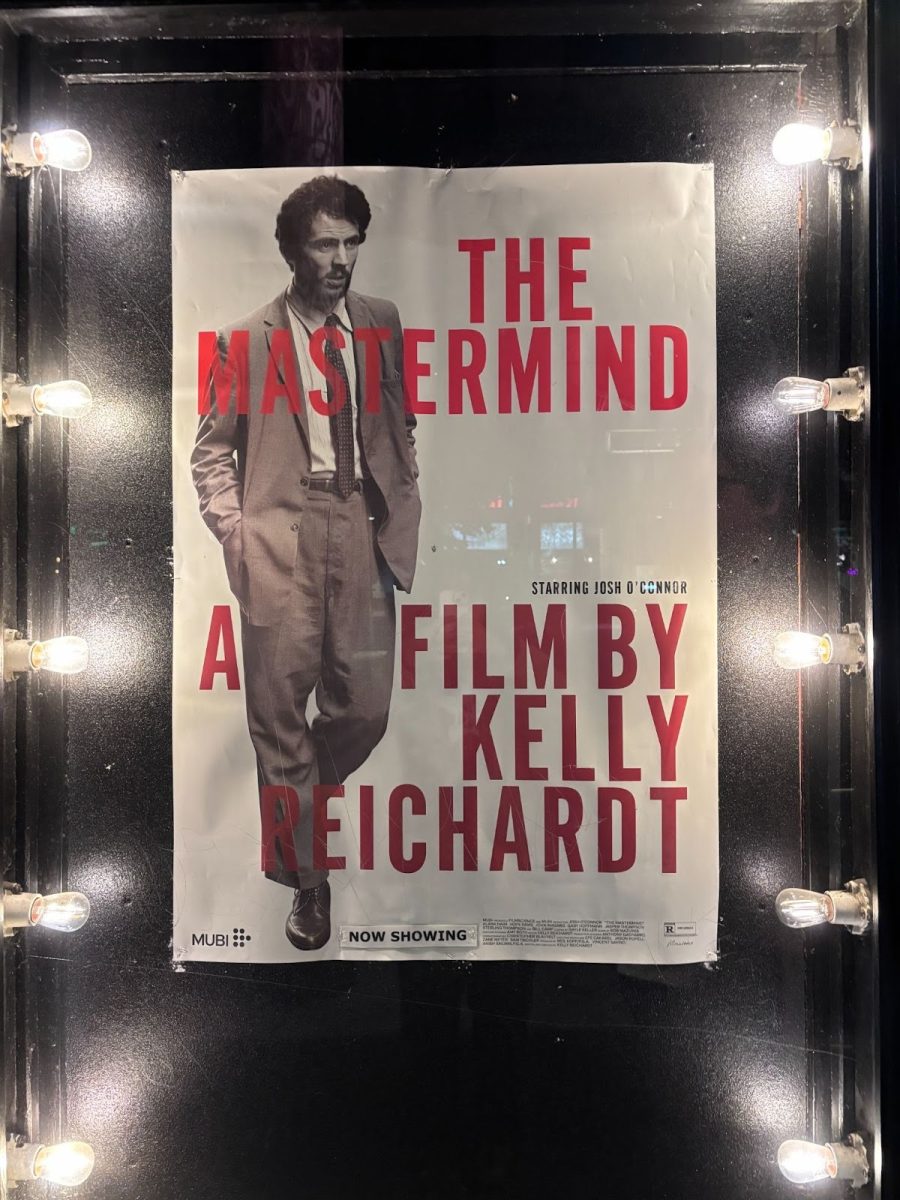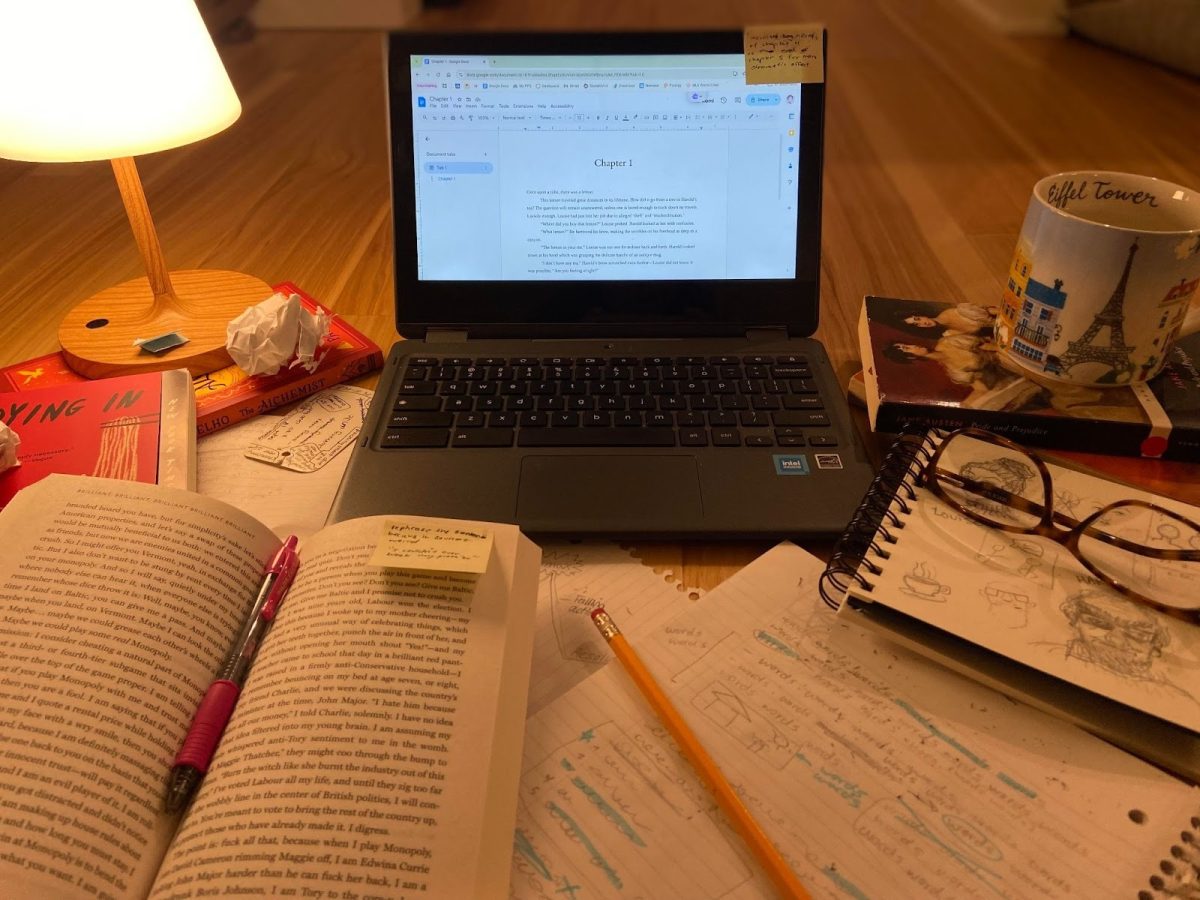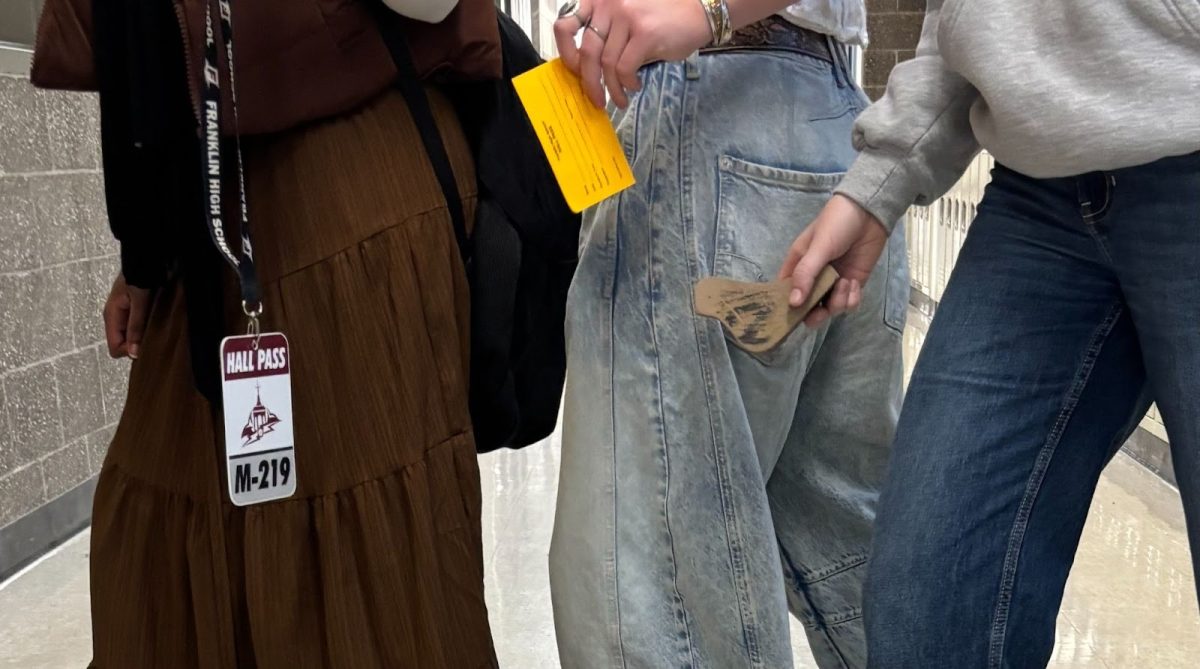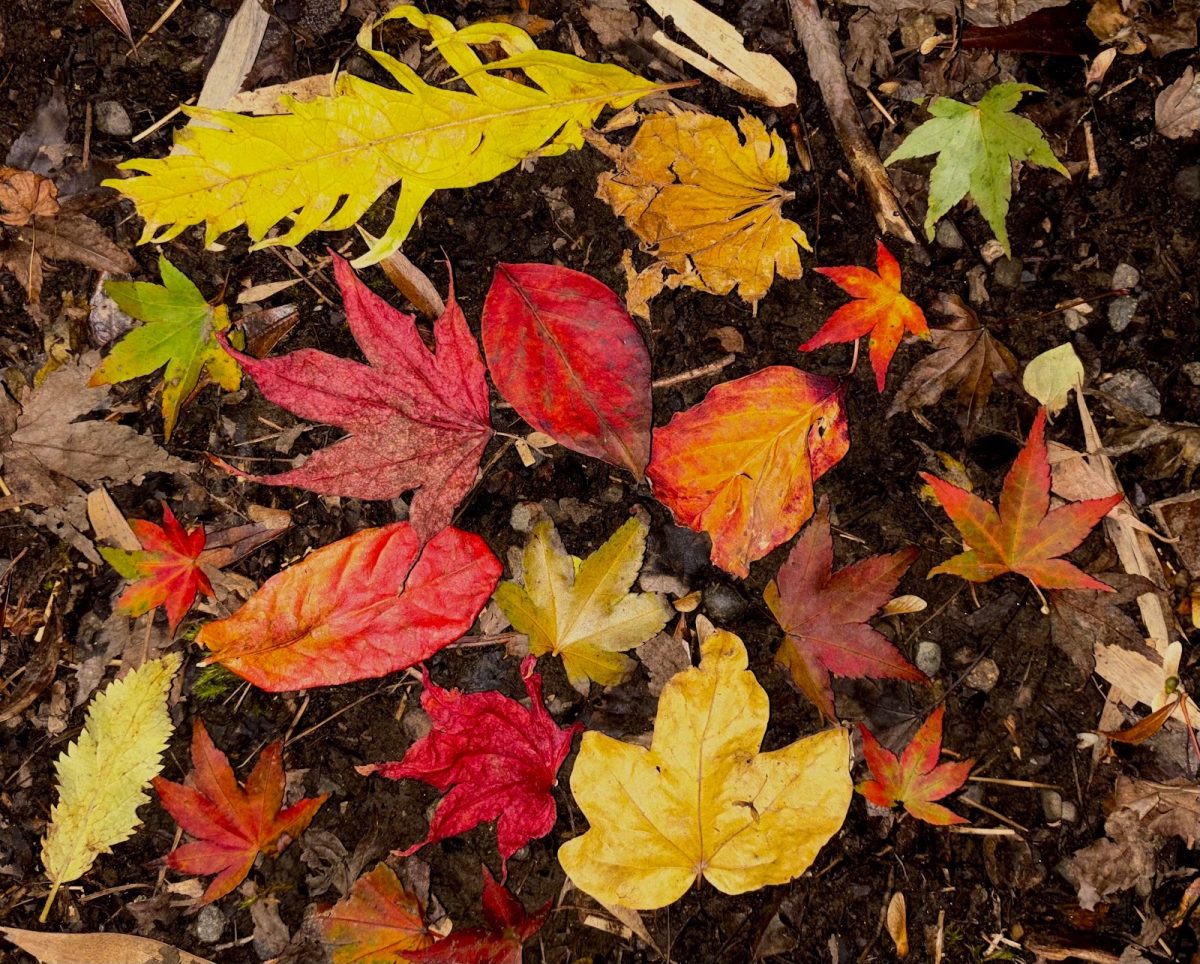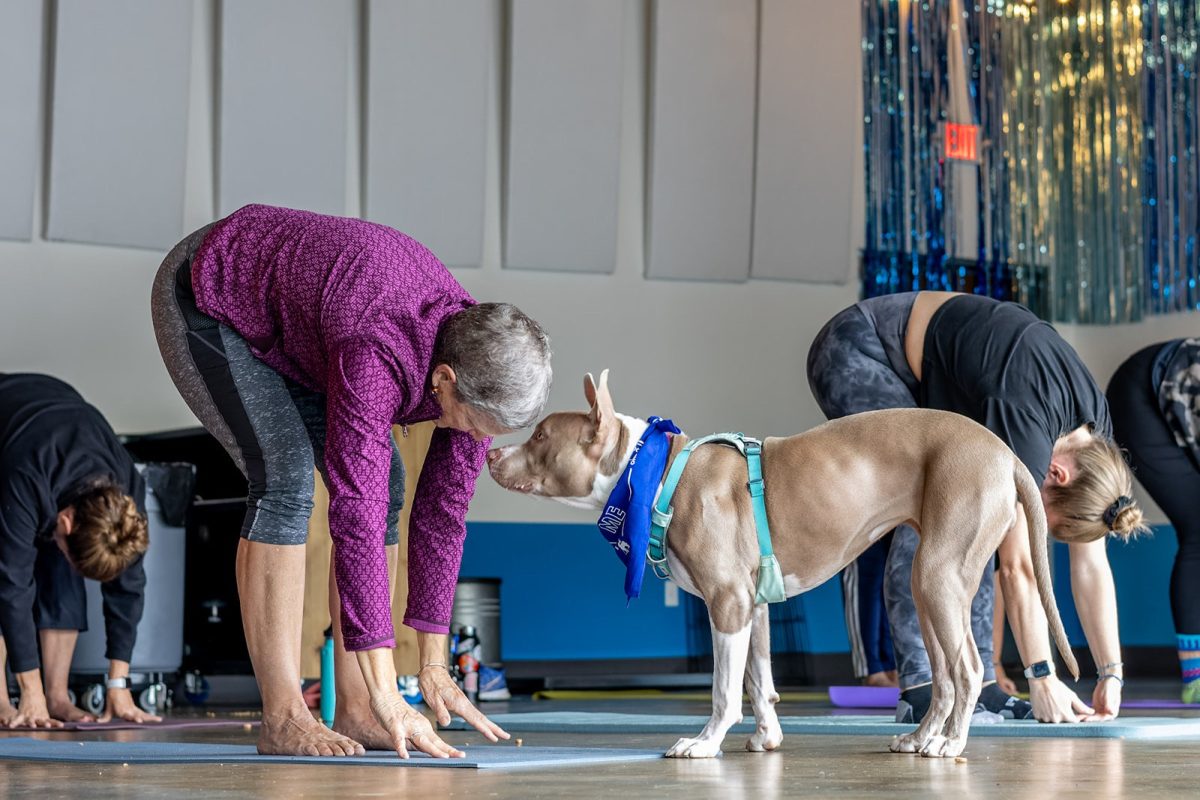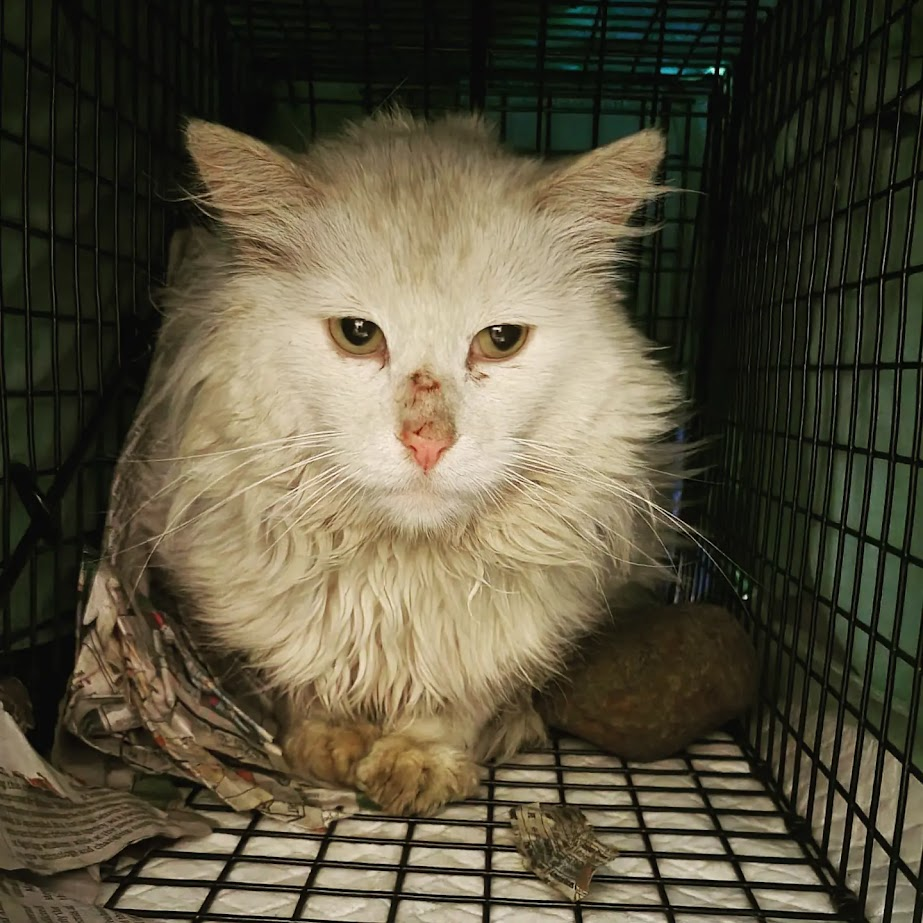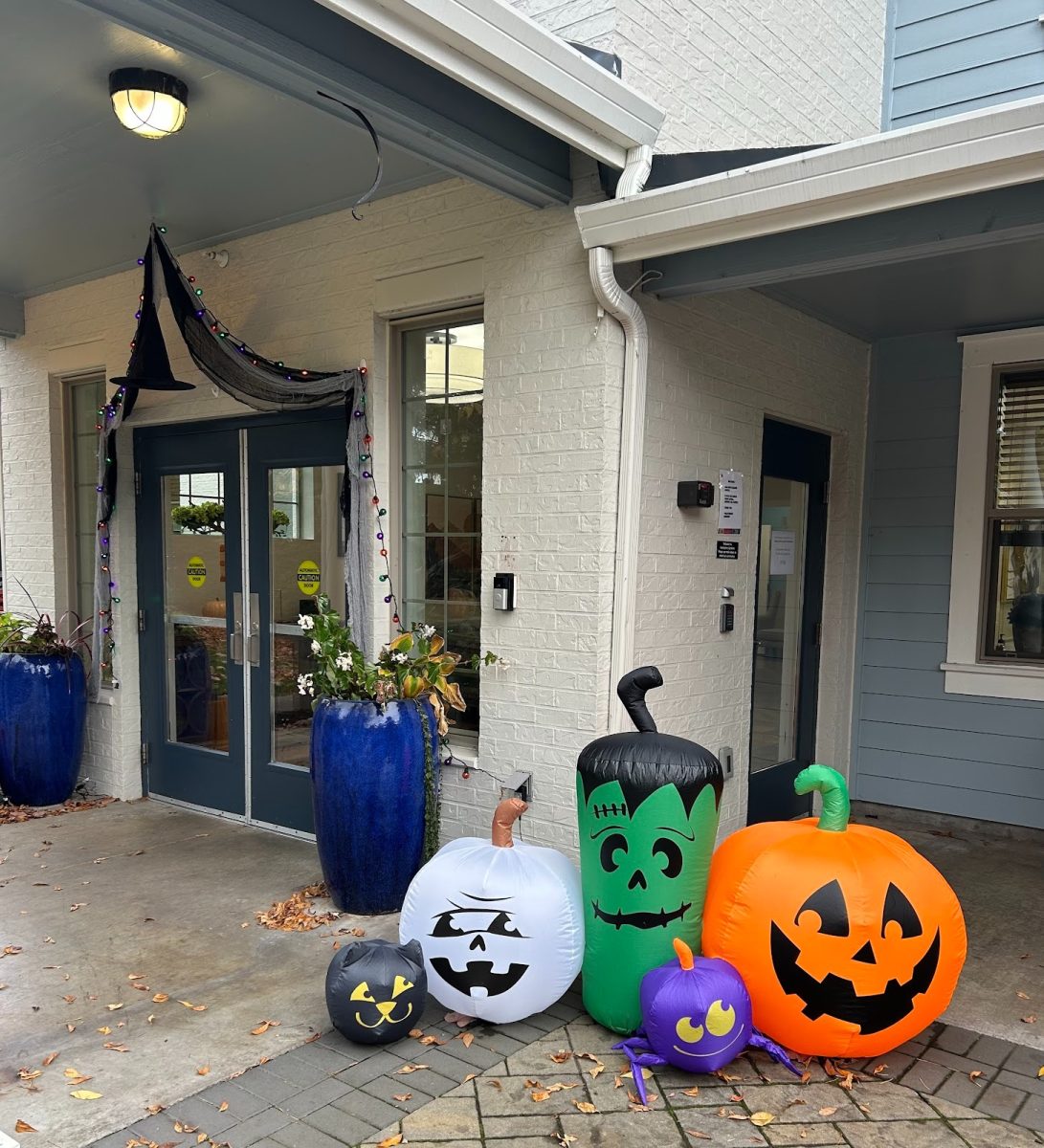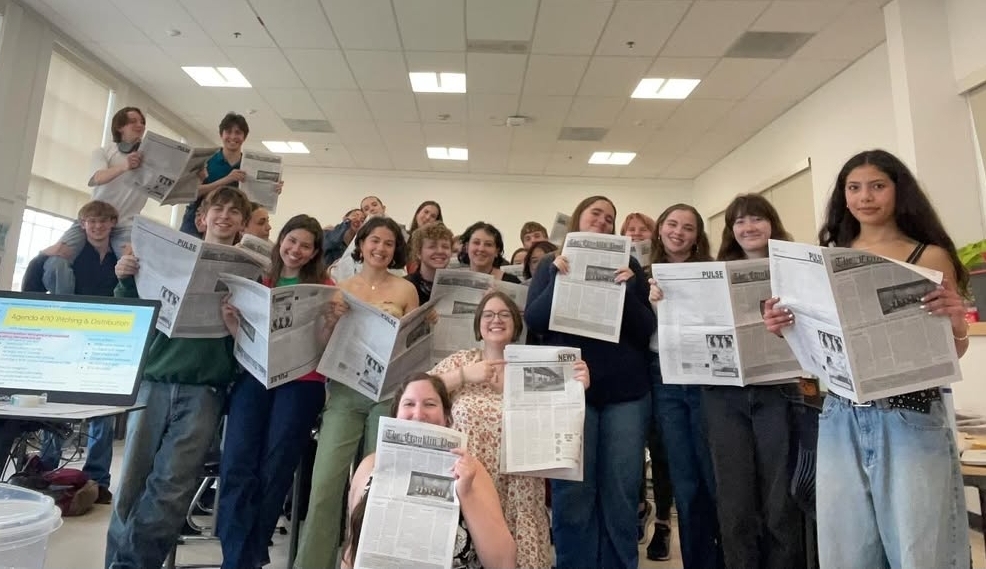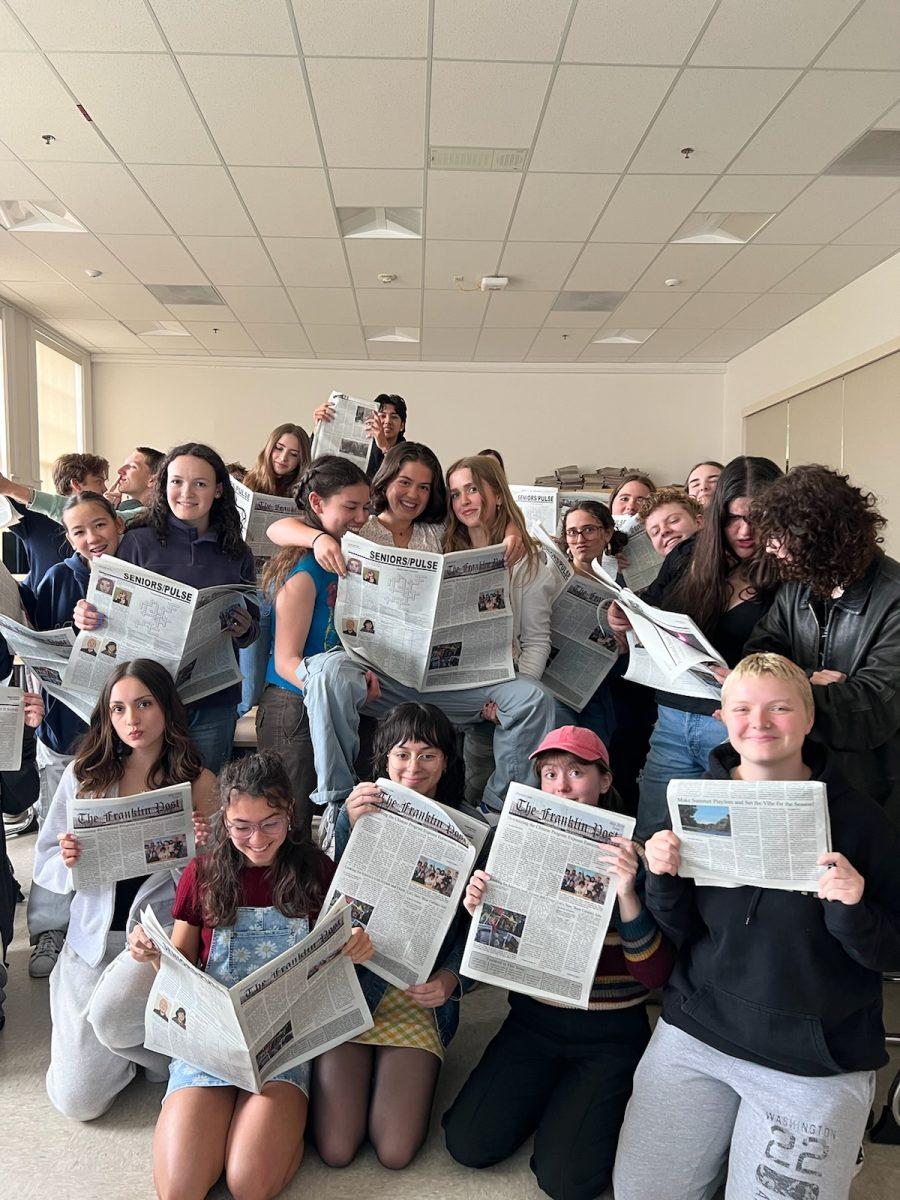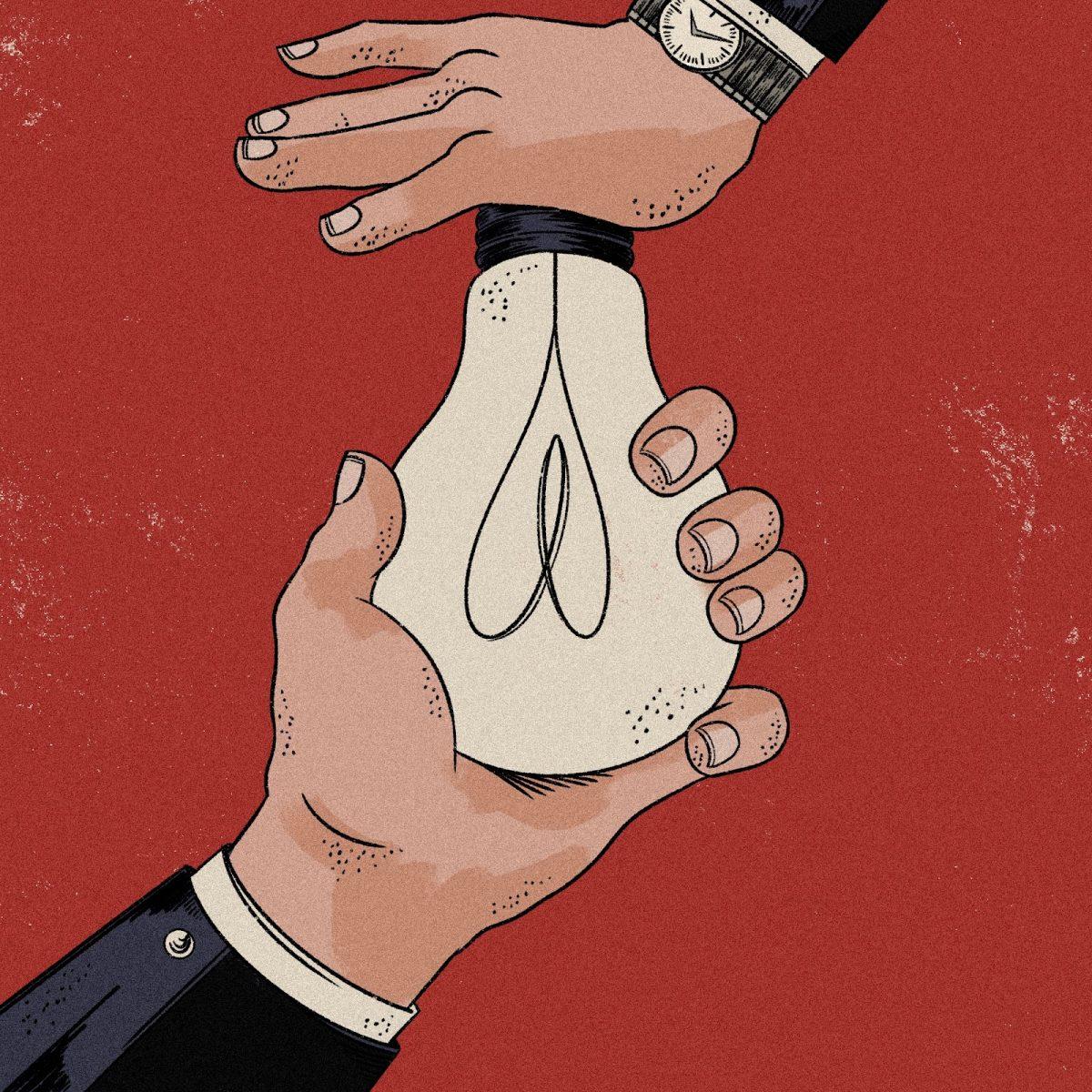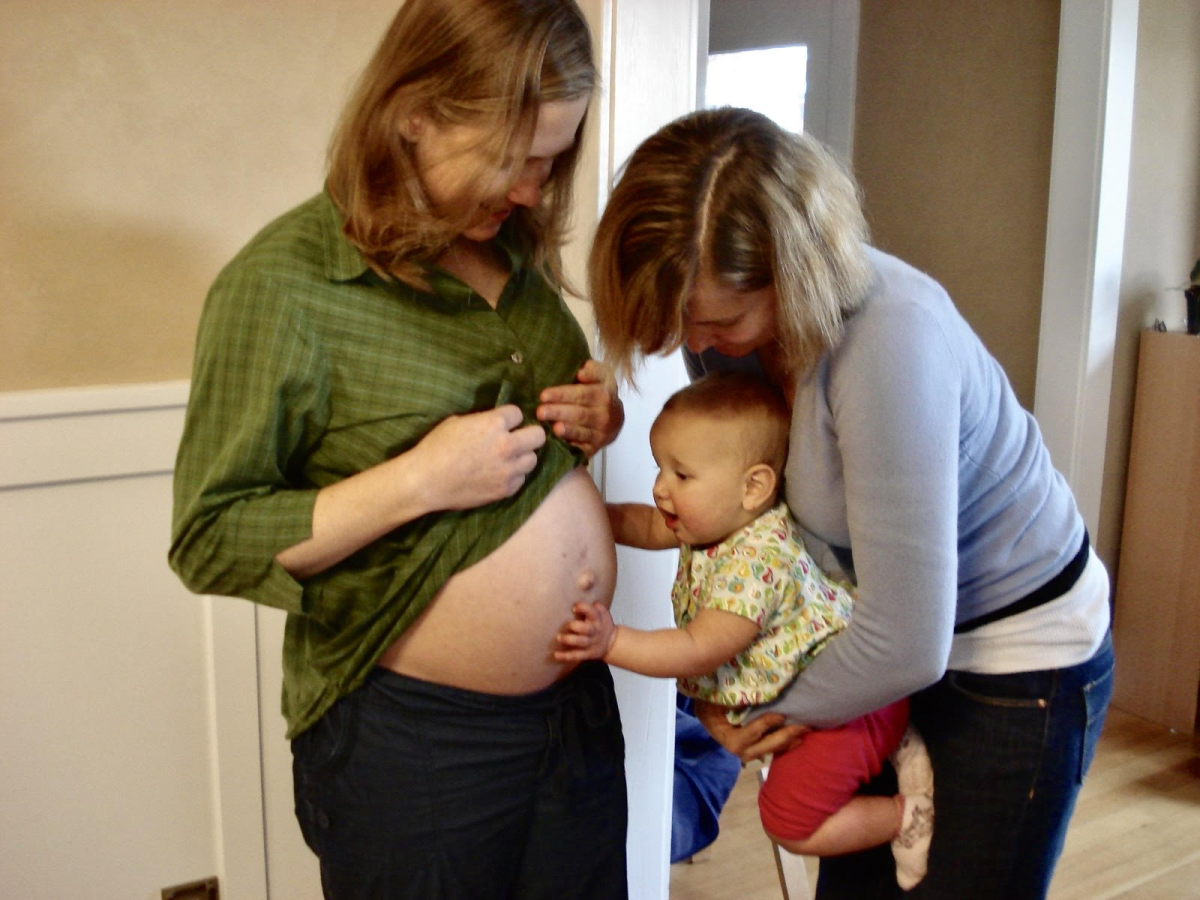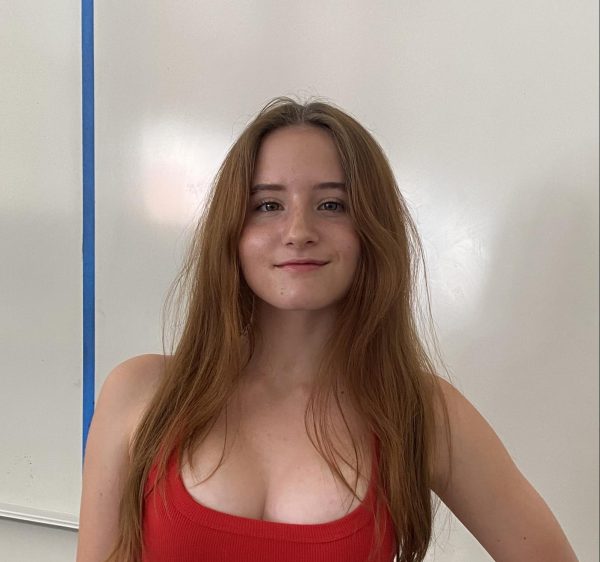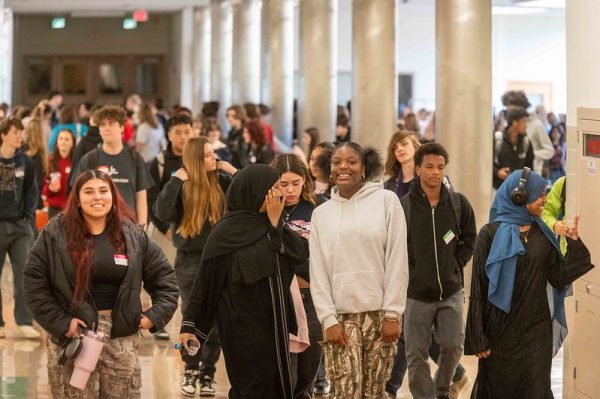
Every spring, the District Student Council (DSC) hosts a Student Summit, an event open to any Portland Public Schools (PPS) high school student. This year’s summit was on March 7 and included workshops focused on a variety of topics, including Title IX, legislative action, and resume building. The event and its workshops are planned and led by the students who make up the DSC. District-wide events like the Student Summit are an important way to inspire and connect students, and we must continue supporting efforts to hold them.
The council itself is made up of two representatives from each PPS high school. Clara Gordon, one of McDaniel High School’s representatives, sees the summit as an “opportunity for students to get on a school bus with their friends and go to a fun event [and] meet new people.” District-wide events have many benefits, as students get the chance to meet new people and share ideas with students at different schools who’ve had different experiences. The conversations around leadership at the summits encourage students to improve and be present in their community.
JJ Kunsevi, the student representative to the Board of Education and head of the DSC, believes the DSC’s purpose is to “increase transparency about what’s going on about the district, but also to foster a connection between different students across the district to help try to find some solutions to issues [in the] district.” The summits are planned by the DSC and are meant to be a resource for students to learn about each other and work together to take action. Yian Saechao is a Student Engagement Specialist at PPS who works with the DSC throughout the school year. Her goal for the summits “is that students come from [the summit] taking away something that allows them to take action in their schools.”
The Student Summit isn’t the only event where high school students from across the district come together. This year Franklin will host the second annual district-wide flea market on June 1. It’ll be a chance for students to come together and connect over shared interests, while giving students and schools a chance to make some money. There have also been LGBTQ+ community events, leadership conferences between student governments, and days of action where students unite to travel to Salem and petition legislators for more education funding.
Events like these are what build community and allow students to be a part of something bigger than themselves or their school. “I think the big part of what’s important about district-wide events is communication and relationship building,” says Kunsevi. “Our district’s ultimate goal is to serve the students, and I think that a really great way we can showcase that is by having more district-wide events.”
Bridging the gap between high school students and the district staff is one of the DSC’s most important goals. The school board offices can feel very far from the classrooms that students spend time in, and seeing the board members at the summits does help students feel more familiar with who the people making decisions are. The summit includes a Town Hall meeting where the school board and DSC representatives reply to questions and comments from the students in the audience. Kunsevi sees the summits as a golden opportunity for communication. “There’s lots of diverse perspectives and diverse students across our school district; I strongly believe [in being] able to bring students together in a room where they’re able to hear things that they may not hear a lot in their school and [are] able to share their perspective.” He states, “It’s a really important and impactful way to make change[s] in our school district.”
This isn’t to say the summit is perfect, or that having multiple is possible. “I think [having multiple summits] would be great,” says Gordon, “but I don’t think we have the money.” Price is a barrier — hosting the summit means providing transportation, food, and equipment for the 200 plus people who attend. This year it was held at the Marshall campus to alleviate the cost of a venue, but even so, it’s a costly event.
A 200-person event may feel large, but it’s a small percentage of the district. “The hardest part about district-wide events depends on who you have access to,” says Saechao. She explains, “We could send all the information to the principals. We could send all the information to the counselors. We could send it all to the students that we have connections to, and even still, sometimes it’s hard to get the word out.” If the goal is to promote communication between different people, it can sometimes fail if there isn’t equal representation of all PPS students. This is further magnified by the fact that the event is only open to high school students. Not every goal can be achieved, or perfectly met. But that only means there’s room for improvement and things to work on in the future. Gordon was happy with the overall turnout of this year’s summit, and says, “I won’t always see students that aren’t in leadership and student council get involved, and [this year] I saw a lot of that … I just love seeing all the different student engagement.”
The council members have ideas for other ways to connect with students and improve the event. Kunsevi wants to get students involved in the campaign to modernize the Ida B. Wells, Jefferson, and Cleveland High School campuses. Gordon likes the idea of a smaller event before the summit, and Saechao agrees. “My vision is maybe one day having … a meet and greet [at] the beginning of the school year so that people know who their [representatives] are,” says Saechao, “If you don’t know your school’s DSC members, they’re not doing their job.” She also suggests the council make a State of the Students report. “The DSC has opportunities and access points to places that students don’t always have, and so I think their most important job is to be that bridge in between.”
Meeting people and learning in the workshops is helpful, but the true importance of the summit is its impact. “We have this huge summit, all these students come here, but what do they do with it?” Saechao wonders. The summit is more than just meeting someone from a different school; it is meant to inspire. Not inspiring students is one of the greatest failures a school can make. We go to school to uplift others and be better citizens, and district-wide events, the summits in particular, are so important as they inspire students.
Saechao recalls that “some schools started their own Title IX clubs from their time [at the summit].” At Franklin, students in the Associated Student Body are working on a district-wide campaign against the $40 million budget cuts PPS is facing after being inspired by the legislative advocacy workshop at this year’s summit. These are just a few examples to illustrate a larger point: The DSC is a group of students who are inspired by the work they do together. We need to promote events that light a candle under our students and encourage them to contribute as their best selves for the betterment of the community.
